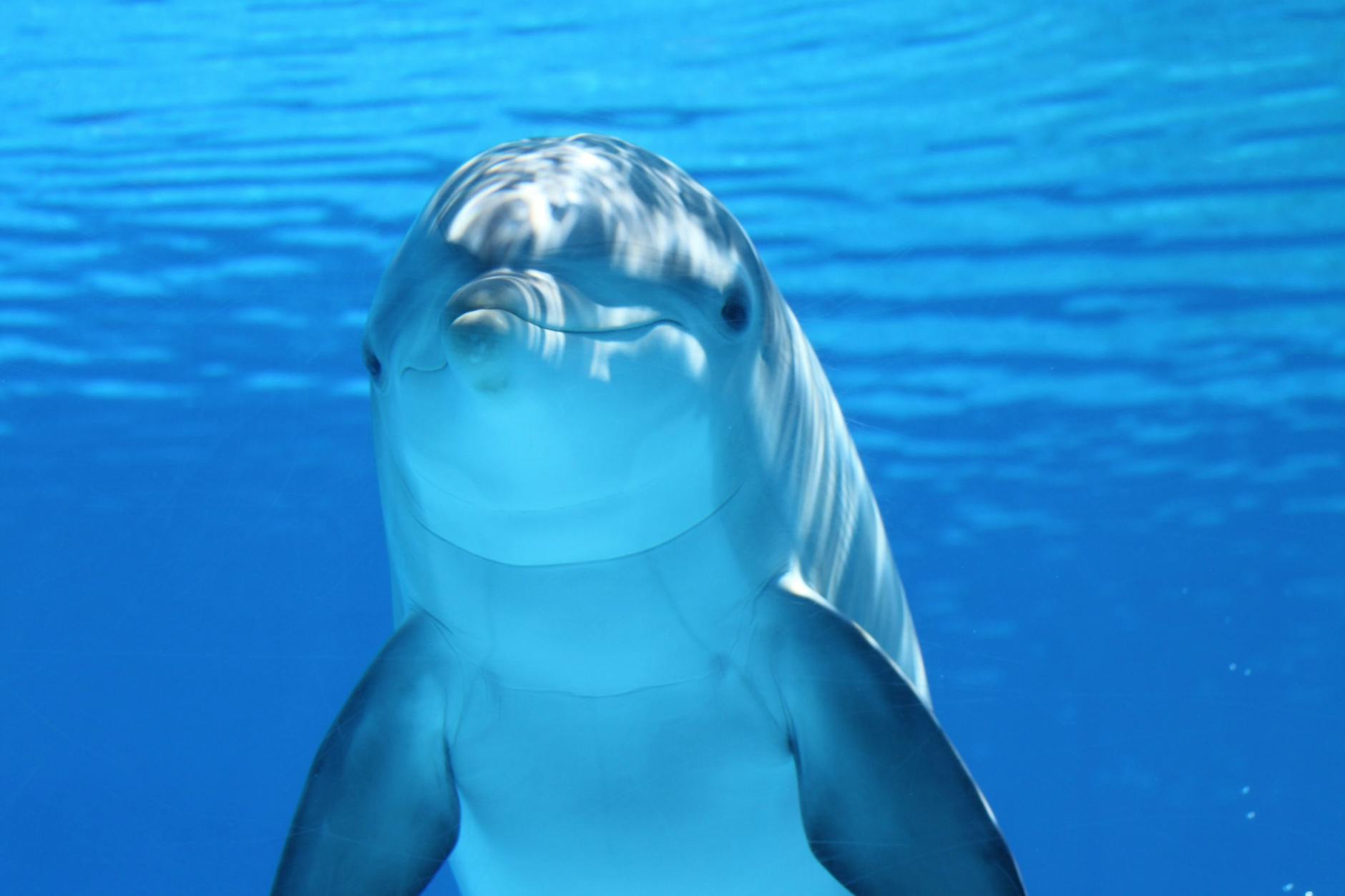Google is making waves with DolphinGemma, an AI model designed to analyze and interpret dolphin vocalizations, potentially paving the way for interspecies communication. Developed in collaboration with engineers at the Georgia Institute of Technology and leveraging data from the Wild Dolphin Project (WDP), DolphinGemma aims to decipher the intricate patterns within dolphin clicks, whistles, and pulses.
The WDP, a pioneer in underwater dolphin research since 1985, has provided invaluable context-rich data. Their research has identified distinct vocalizations, including signature whistles (unique identifiers) and burst-pulse squawks (associated with conflict). DolphinGemma leverages this data to learn the structure of dolphin sounds and even generate novel, dolphin-like sequences.
DolphinGemma employs the SoundStream tokenizer for efficient sound representation and is built upon Google’s Gemma family of open models architecture. With approximately 400 million parameters, it’s optimized for efficient processing, even on devices like Google Pixel smartphones used by WDP for data collection in the field. The model identifies recurring patterns and predicts subsequent sounds in a sequence, mirroring how human language models predict the next word.
Complementing DolphinGemma, the CHAT (Cetacean Hearing Augmentation Telemetry) system, also a partnership with Georgia Tech, explores active, two-way interaction. CHAT associates novel synthetic whistles with objects dolphins enjoy, encouraging mimicry to request the items. Google Pixel phones are crucial mobile technology for real-time audio processing, detecting mimics, identifying whistles, and alerting researchers. A Pixel 9 is planned for future versions of CHAT, enhancing performance through simultaneous deep learning models and template matching algorithms.
Google intends to release DolphinGemma as an open model this summer, empowering researchers globally to analyze their acoustic datasets. This collaborative initiative aims to accelerate cetacean communication understanding and bridge the gap between species. This work takes a step away from just listening in and towards actively deciphering communication patterns and brings the prospect of understanding marine life communication just a little closer.
Photo by Pixabay on Pexels
Photos provided by Pexels
